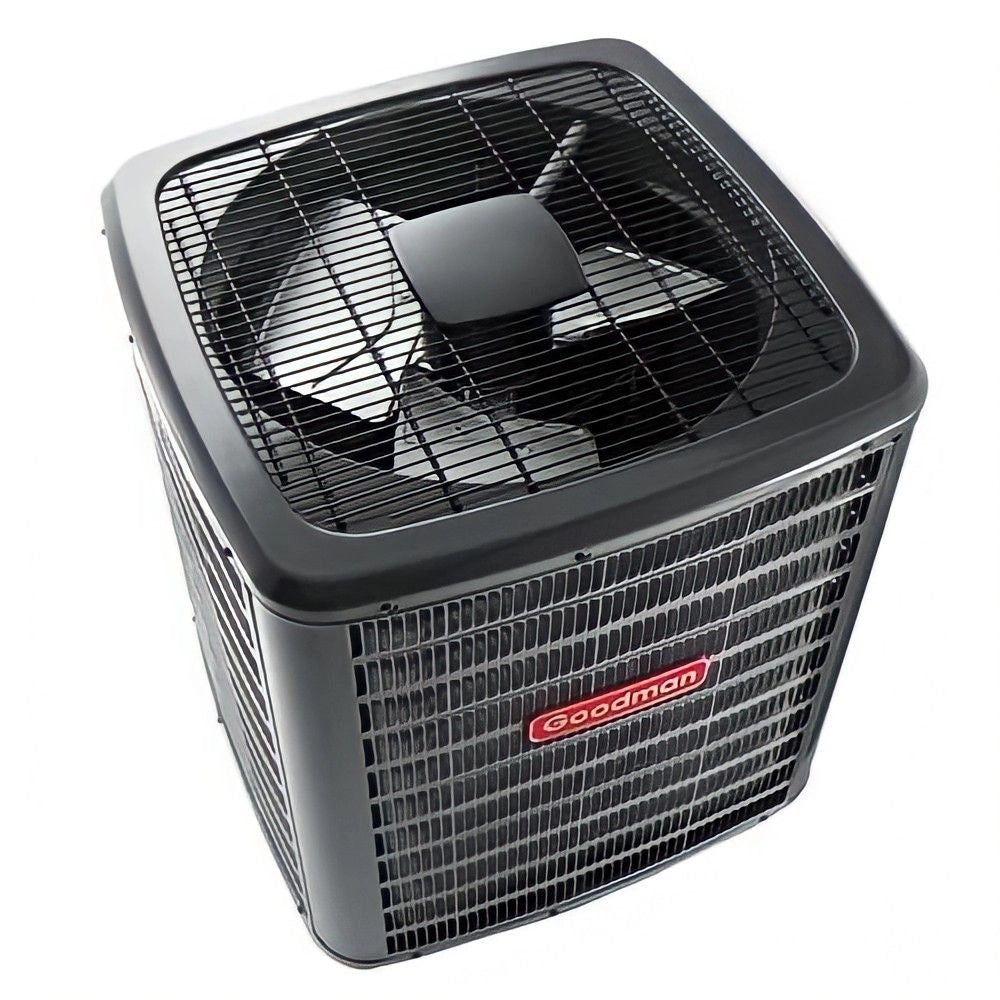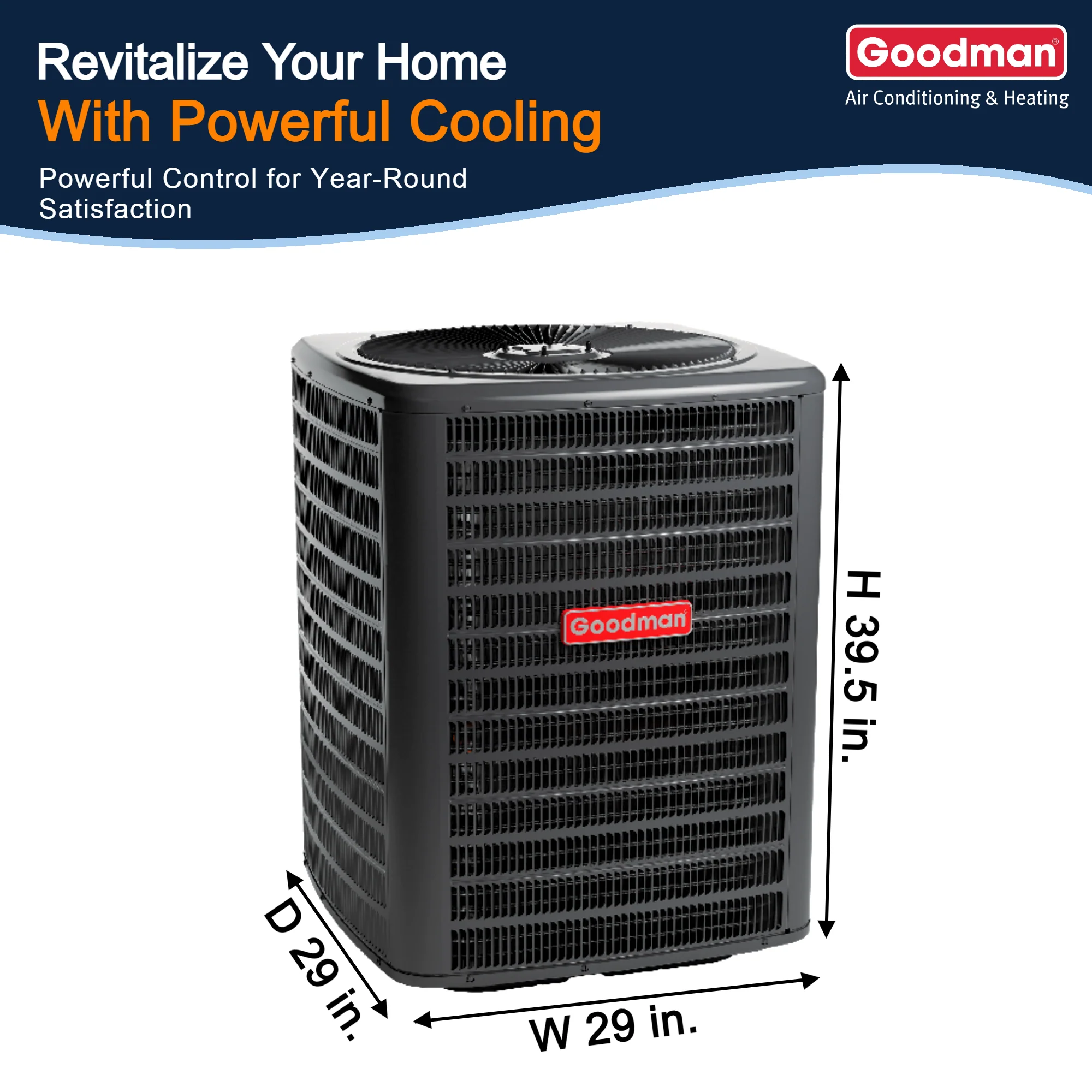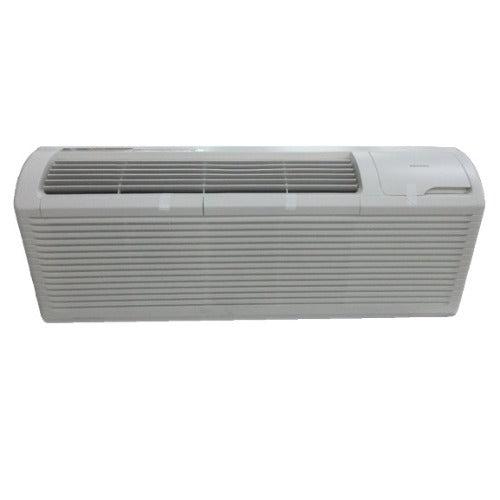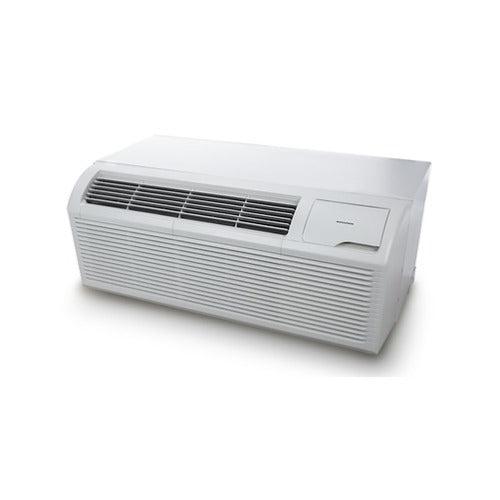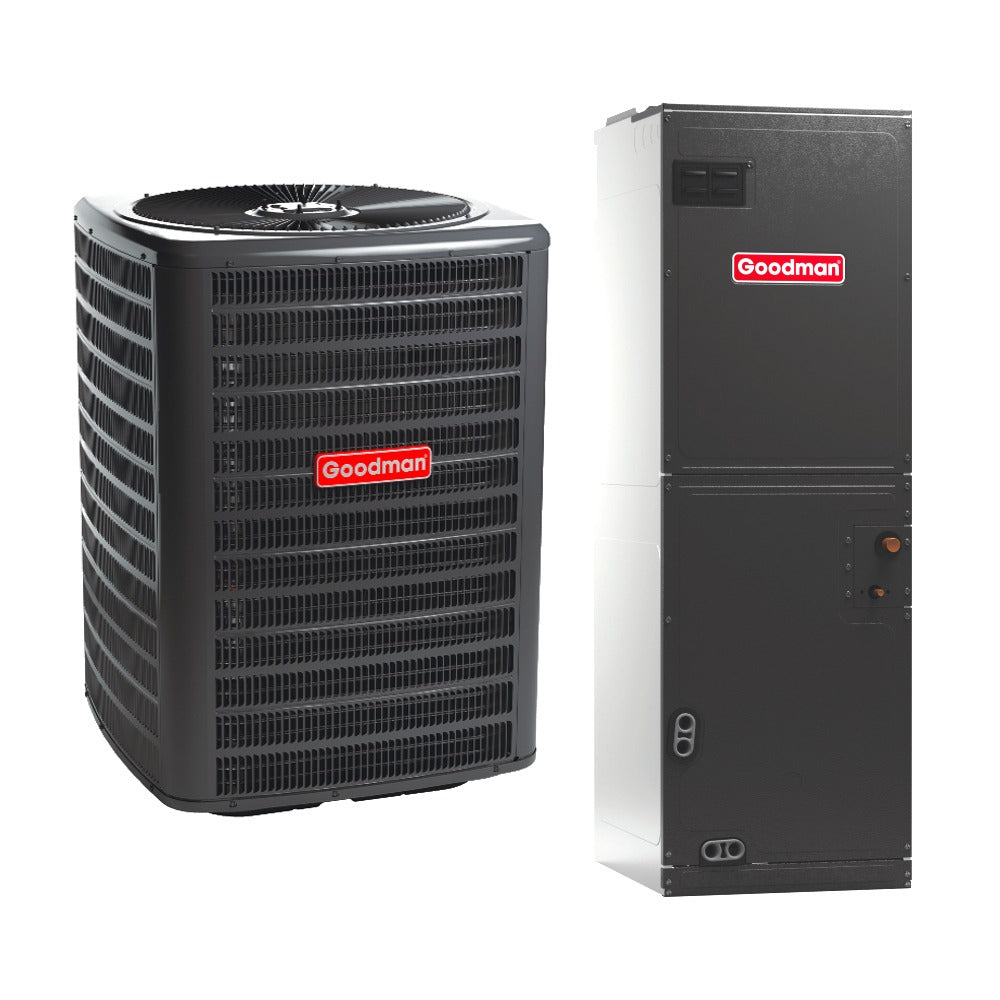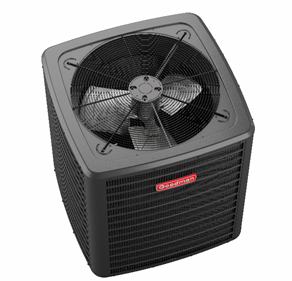By Samantha Reyes | Smart HVAC Decisions for Modern Homes
If you're researching a new HVAC system or trying to determine the best refrigerant for your next unit, you've likely encountered a slew of acronyms—R-410A, A2L, R-454B, R-32. It's a lot to digest, especially when your primary goal is to find something safe, efficient, and future-proof.
Let's break it down: what are A2L refrigerants, why is there a growing shortage of R-454B, and why might R-32 be the more practical, accessible, and eco-conscious choice for your home? Let's demystify refrigerant choices so you can make an informed decision that benefits both your family and the environment.
What Are A2L Refrigerants, and Why Should You Care?
A2L refrigerants represent a new generation of refrigerants designed to be more environmentally friendly. The previous standard, R-410A, is being phased out due to its high Global Warming Potential (GWP). In response, refrigerants like R-32 and R-454B have been introduced with significantly lower GWP values.
A2L refrigerants are characterized by:
-
Mild flammability (hence the "L") – While this might sound concerning, in most home applications, the risk is minimal when systems are properly installed and maintained.
-
Lower GWP than previous refrigerants – A significant step towards reducing your carbon footprint.
-
Higher energy efficiency – Leading to savings on your monthly energy bill.
As of 2025, regulations are tightening. Manufacturers and installers are transitioning to A2L refrigerants to comply with new EPA mandates under the AIM Act (American Innovation and Manufacturing Act). So, if you're purchasing a new HVAC system, it's likely to use one of these next-gen refrigerants.
The Rise—and Sudden Shortage—of R-454B
R-454B was initially positioned to replace R-410A in many residential and light commercial systems. With a GWP of just 466 (compared to R-410A’s 2,088), it's a clear environmental improvement. Brands like Carrier and Johnson Controls adopted R-454B early, designing many new units around it.
However, there's a significant issue: R-454B is already in short supply.
Why Is There a Shortage?
Several factors contribute to this shortage:
-
Manufacturing Bottlenecks – Producing refrigerants like R-454B is complex. Global disruptions and limited production lines have slowed output.
-
Increased Demand – As major HVAC brands committed to R-454B, demand surged rapidly.
-
Logistical Delays – Import restrictions, customs issues, and shipping slowdowns have all played a role.
-
Limited Market Penetration – Not all distributors carry R-454B, limiting backup options when inventory runs low.
For homeowners using systems with R-454B, this shortage could lead to higher servicing costs and longer wait times for repairs. ACHR News reports ongoing strain in A2L refrigerant supply chains, especially for R-454B.
Enter R-32: A Practical Alternative with Proven Benefits
While R-454B faces supply issues, R-32 has become one of the most widely used A2L refrigerants globally. It powers millions of systems worldwide and is increasingly becoming the preferred choice for homeowners and installers seeking reliable performance without supply-chain complications.
What Makes R-32 Stand Out?
-
GWP of 675 – Slightly higher than R-454B but still a significant improvement over R-410A.
-
Single-Component Refrigerant – Unlike blends like R-454B, R-32 is a pure substance, simplifying recovery, recycling, and servicing.
-
Higher Heat Transfer Efficiency – R-32 enables HVAC systems to operate more efficiently, reducing overall energy consumption.
-
Better Availability – R-32 is already used in systems across Europe and Asia and has broad support from major HVAC manufacturers.
From a homeowner's perspective: R-32 is efficient, readily available, and easier to manage when it comes to maintenance.
R-32 vs. R-454B: A Side-by-Side Comparison
| Feature | R-454B | R-32 |
|---|---|---|
| GWP | 466 | 675 |
| Flammability | A2L | A2L |
| Blend or Single | Blend | Single |
| Energy Efficiency | High | Slightly Higher |
| Global Availability | Limited | Widespread |
| Servicing Simplicity | Requires careful blend handling | Easier to recover and recharge |
| Current Availability | Low | Moderate to High |
Safety Concerns: Should You Worry About A2L Flammability?
The term "flammable" can be alarming. However, A2L refrigerants like R-32 and R-454B are mildly flammable, meaning they ignite only under specific conditions (high concentrations combined with a spark or flame). Modern HVAC systems are designed to minimize this risk through:
-
Leak sensors
-
Sealed components
-
Low refrigerant charge designs
In essence, unless you're intentionally compromising your AC unit (which we strongly advise against), the safety risk is negligible.
Notably, millions of R-32 systems are already in use globally, boasting an excellent safety record. According to Daikin, the global track record of R-32 supports its continued and expanded use.
What This Means for You as a Homeowner
If you're considering a new system or replacing an older unit that uses R-410A, here's why R-32 may be your best bet:
1. Better Availability = Faster Installs and Repairs
With R-454B in short supply, obtaining parts and services for systems using it may result in delays or increased costs.
2. High Efficiency = Lower Energy Bills
R-32’s superior heat exchange efficiency means your system can use less energy to maintain comfort in your home.
3. Lower Long-Term Risk
As a single-component refrigerant, R-32 eliminates concerns about blend separation or the need for specialized tools, leading to fewer service complications over time.
4. Global Momentum
Manufacturers are rapidly expanding R-32 adoption. In countries like Japan, R-32 has already become the standard. This momentum translates to better support, a wider selection of units, and competitive pricing. According to IEA, R-32 adoption is key to balancing comfort, cost, and climate goals.
Questions to Ask Before Your Next HVAC Purchase
-
What refrigerant does the system use?
-
Is that refrigerant widely available and serviceable?
-
Are there any current or projected shortages?
-
Does the system qualify for energy efficiency rebates?
-
What’s the GWP, and how does it align with your environmental values?
By addressing these questions upfront, you're not just making a smart purchase—you're investing in a system that aligns with your home, your budget, and the environment.
Final Thoughts: R-32 Is a Smart, Future-Friendly Choice
Navigating HVAC choices can feel overwhelming. But when you distill it down, the objective is clear: select a system that's reliable, efficient, safe, and supported by a stable supply chain.
R-32 meets these criteria. While it may not have the ultra-low GWP of R-454B, its availability, efficiency, and performance make it a practical and eco-conscious choice—especially given current shortages.
Ultimately, your HVAC system should provide peace of mind, not added stress. With R-32, you're choosing a refrigerant that serves your needs today and is prepared for the demands of tomorrow.
Looking for energy-efficient HVAC options that use R-32? Explore our recommended systems and learn how to qualify for rebates in your state.


